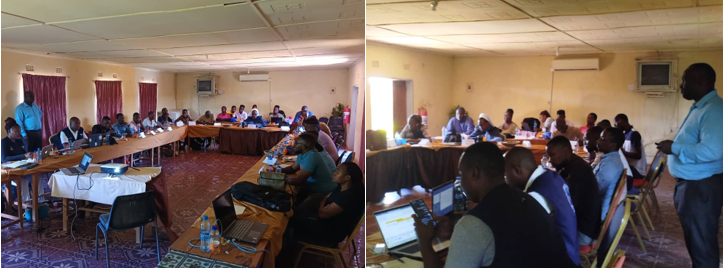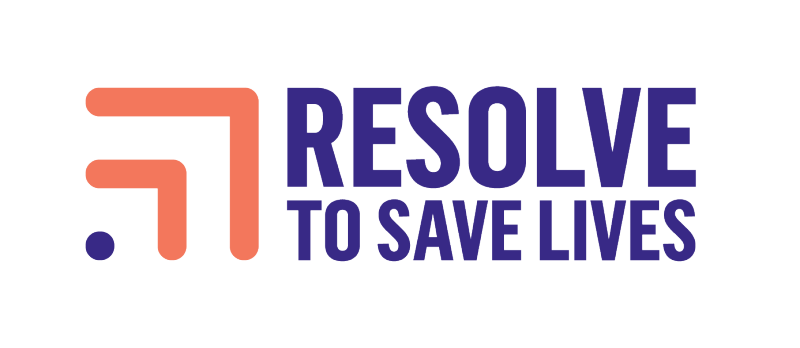
About EPR
The Emergency Preparedness and Response (EPR) Cluster is mandated to enhance Zambia’s public health security by ensuring the country is ready to prepare for, respond to, and recover from all public health events of concern. This cluster plays a central role in mitigating the health, social, and economic impacts of emergencies, and fulfills its mandate through the following key functions:
- Coordinate preparedness, prevention, recovery, and control of public health emergencies in order to reduce risk and mitigate the impact of these emergencies.
- Manage the Public Health Emergency Operations Centre to ensure optimal and effective use of resources during public health emergencies.
- Coordinate the implementation of, and compliance with, the International Health Regulations (2005) in line with international best practices to prevent, detect, and respond to public health emergencies.
- Support case management, control, and prevention of infectious diseases of public health importance in order to enhance the quality of care and improve patient outcomes during outbreaks.
- Coordinate and provide oversight to surveillance activities across the country.
- Equip and strengthen the surveillance system at all levels to generate timely, high-quality data.
- Conduct non-communicable disease surveillance.
- Coordinate cross-border surveillance and surveillance of all national priority diseases, conditions, and events.
- Conduct routine analysis and operational research using surveillance data to facilitate policy-making.
- Conduct sentinel and event-based surveillance.
- Coordinate and collaborate with animal and environmental health sectors and other stakeholders to implement a One Health approach to disease surveillance and control.
- Implement a One Health approach in disease surveillance.
- Develop a shared mechanism for surveillance and risk assessment for animal and environmental risks to human health.
EPR Activities
EPR Activities
A combined Rapid Response Team (RRT) comprising experts from the Ministry of Health Headquarters, Central and Lusaka Provincial Health Offices, Chibombo District Health Office, Zambia National Public Health Institute (ZNPHI), and US CDC Zambia conducted an investigation in Chibombo District following reports of a suspected acute haemorrhagic fever outbreak.
Objectives of the Investigation:
- Understand the situation and scope of the event
- Assess prevailing risk factors
- Identify possible responsible pathogens, chemicals, or compounds
Key Findings:
There was history of traditional medicine use by the affected family
Initial laboratory tests from blood and urine samples were negative for:
Viral Haemorrhagic Fevers (VHFs): Ebola, Yellow Fever, Crimean-Congo HF, Lassa Fever
Toxins: Aflatoxins and other commonly known chemical compounds
Only one household was affected during the event
Reports indicated spontaneous deaths of domestic animals (cats, dogs, goats)
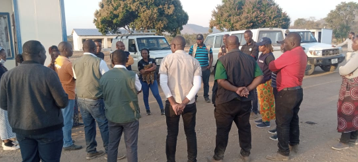
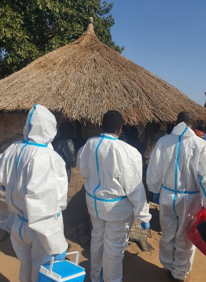
On 18th February 2025, a tailings dam burst at Sino Metals Leach Limited, releasing over 50,000 cubic meters of acidic slurry into the Mwambashi River, a tributary of the Kafue River. The spill caused significant environmental and public health concerns.
Investigation Highlights:
- Rapid Response Team deployed using the 7-1-7 framework
- Field assessments revealed:
- Significant pH reduction of water sources
- Death of aquatic life and contamination of ecosystems
- Multiple exposure pathways: Inhalation, dermal contact, ingestion via contaminated water, fish, and crops
- Community reluctance to seek healthcare due to fear of prosecution and lack of awareness
Gaps Identified:
- Liming efforts focused only on pH neutralization
- Chemical profiling and heavy metal analysis were not conducted
Recommendations:
Policy enforcement and community awareness
Comprehensive environmental testing
Strengthened emergency response coordination
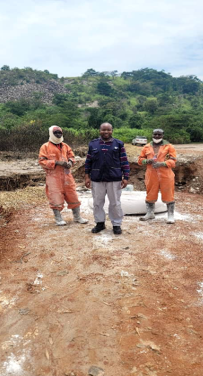
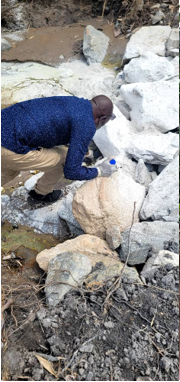
ZNPHI/MOH, with support from UKHSA and IFRC, conducted CATI Training of Trainers (TOT) in nine provinces (excluding Luapula) as part of the cholera preparedness and response strategy.
CATI Strategy Overview:
- Implemented in Nakonde and Lusaka during the 2024–2025 outbreaks
- Focused on localized response within identified hotspot areas
- Interventions included:
- Oral Cholera Vaccines (OCVs)
- Water, Sanitation and Hygiene (WASH) activities
- Health education on the 3Cs
- Case household kits: Buckets with taps, soap, chlorine, containers, water purifier test kits
- Active case finding and management
Success Factors:
Effective stakeholder coordination
Timely implementation
Strong community engagement
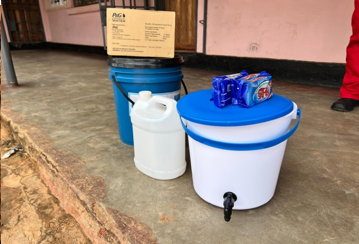
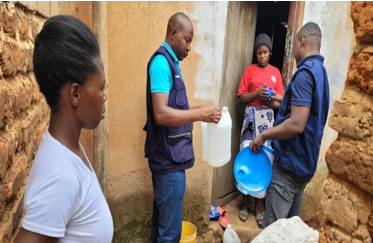
The cholera response was further enhanced through cross-border coordination between Nakonde (Zambia) and Tunduma (Tanzania).
Activities Conducted:
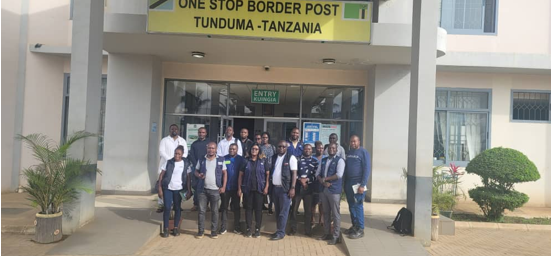
- Strengthened collaboration between border health authorities
- Facilitated real-time information sharing on:
- Epidemiological trends
- Outbreaks and affected areas
- At-risk populations
- Exchanged best practices for cholera prevention and control
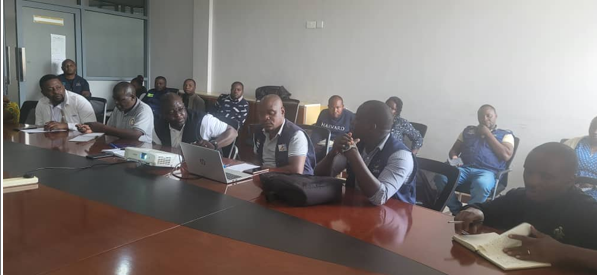
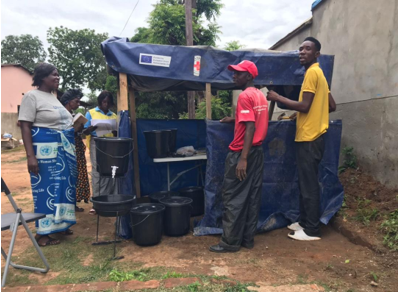
To reduce community deaths during cholera outbreaks, ORPs and ORCs were implemented across:
- Lusaka
- Eastern Province
- Muchinga Province
- Copperbelt Province
These facilities provided timely rehydration therapy at the community level, ensuring:
- Early case management
- Reduced severity and mortality
- Improved community-level response capacity
